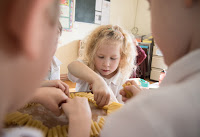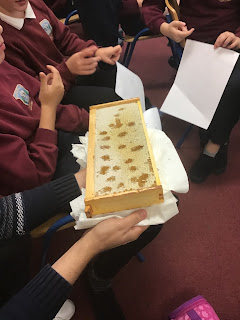Tell it to the Bees
The practice of “telling the bees” may have its origins in Celtic mythology where the presence of a bee after a death signified the soul leaving the body, but the tradition appears to have been most prominent in the eighteenth and nineteenth centuries in the U.S. and Western Europe.
The ritual of telling it to the bees involves the local people in the community in telling the honey bees of all the major events in their lives, such as deaths or marriages.
It was important to tell the bees if their keeper died and the bee hive was draped with a black veil or ribbon of mourning. If this custom was omitted or forgotten and the bees were not 'put into mourning' then it was believed a penalty would be paid, such as the bees leaving the hive, stopping to produce honey, or dying.
The ancient Egyptians believed that bees were the tears of the Sun God Ra. They revered bees as messengers of the sun god who could carry their messages to him.
While the traditions varied from country to country, ‘Telling it to the Bees’ always involved notifying the insects about a death in the family so that the bees could share in the mourning and spread the news far and wide.
For our Bee Loud project we made our own beehive out of a cardboard box were the children of Kiltiernan NS could post their own secret messages to the bees and share their worries, hopes, dreams and stories....












































